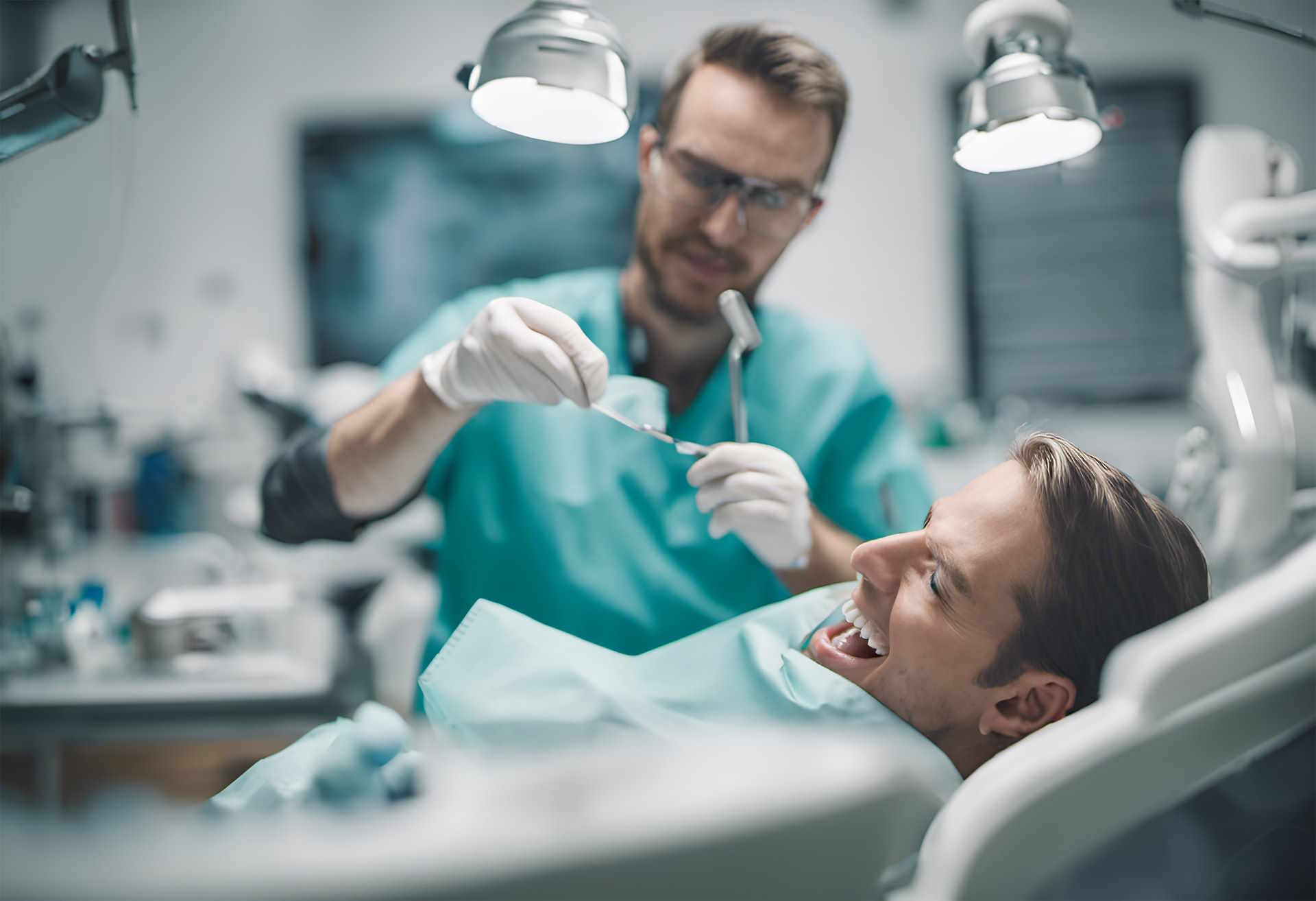Screwless Dental Implants: An Innovative Step in Oral Rehabilitation
Dental implants have long been a reliable solution for replacing missing teeth, offering a permanent and natural-looking alternative to dentures or bridges. In recent years, a new advancement in dental implant technology has emerged: screwless dental implants. This innovative approach to oral rehabilitation is changing the landscape of tooth replacement, offering potential benefits in terms of procedure time, patient comfort, and long-term outcomes.

What Are Screwless Dental Implants?
Screwless dental implants, also known as press-fit implants, are a modern alternative to traditional screw-based implant systems. Unlike conventional implants that require a threaded implant to be screwed into the jawbone, screwless implants are designed to be gently pressed or tapped into place. This design typically features a tapered or cylindrical shape with a surface texture that promotes osseointegration—the process by which the implant fuses with the surrounding bone.
How Do Screwless Dental Implants Work?
The process of placing screwless dental implants begins with careful planning and imaging to ensure precise placement. Once the implant site is prepared, the dentist or oral surgeon uses specialized tools to insert the implant into the jawbone. The implant’s unique design allows it to achieve initial stability through a tight fit with the bone, rather than relying on screw threads. Over time, the bone grows around and fuses with the implant’s textured surface, securing it firmly in place.
Key Benefits of Screwless Implants
Screwless dental implants offer several potential advantages over traditional screw-type implants:
-
Reduced surgery time: The press-fit design often allows for faster placement, potentially shortening the overall procedure duration.
-
Minimized bone trauma: Without the need for threading, there may be less disruption to the surrounding bone tissue during implant insertion.
-
Improved initial stability: The press-fit mechanism can provide strong initial stability, which is crucial for successful osseointegration.
-
Simplified procedure: The absence of screwing may make the implant placement process less complex for dental professionals.
-
Potential for immediate loading: In some cases, the strong initial stability may allow for the placement of a temporary crown sooner than with traditional implants.
Durability and Long-Term Outlook
The long-term success of screwless dental implants depends on various factors, including proper placement, patient health, and oral hygiene. While research on the longevity of screwless implants is ongoing, early studies suggest that their durability may be comparable to traditional screw-type implants. The key to long-term success lies in the quality of osseointegration and the patient’s commitment to maintaining good oral health.
Regular dental check-ups and proper oral hygiene practices are essential for preserving the health of the implant and surrounding tissues. As with any dental implant, factors such as smoking, certain medical conditions, and poor oral care can negatively impact the long-term outlook of screwless implants.
Cost Considerations for Screwless Dental Implants
The cost of screwless dental implants can vary widely depending on several factors, including the dentist’s expertise, geographic location, and the complexity of the individual case. While exact pricing requires a consultation with a dental professional, it’s helpful to understand the general cost landscape.
| Service | Provider Type | Estimated Cost Range (GBP) |
|---|---|---|
| Single Screwless Implant | Specialist Dental Clinic | £2,000 - £3,500 |
| Full Arch Restoration | Oral Surgery Center | £15,000 - £25,000 |
| Screwless Implant with Crown | General Dental Practice | £2,500 - £4,000 |
Prices, rates, or cost estimates mentioned in this article are based on the latest available information but may change over time. Independent research is advised before making financial decisions.
It’s important to note that while the initial cost of screwless implants may be higher than traditional implants in some cases, factors such as reduced surgery time and potential for fewer complications could offset this difference. Additionally, many dental practices offer financing options to help make the treatment more accessible.
When considering screwless dental implants, it’s crucial to weigh the potential benefits against the cost and to discuss all options with a qualified dental professional. The ideal implant system will depend on individual patient needs, bone quality, and overall oral health status.
In conclusion, screwless dental implants represent an innovative step forward in oral rehabilitation. While they offer several potential advantages, including reduced surgery time and improved initial stability, their suitability varies from patient to patient. As with any dental procedure, thorough consultation with a dental professional is essential to determine the best course of treatment for individual needs and circumstances.
This article is for informational purposes only and should not be considered medical advice. Please consult a qualified healthcare professional for personalized guidance and treatment.




